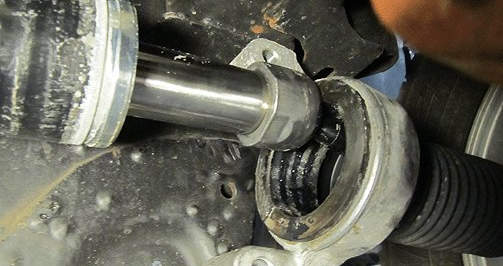Before you replace that Chevrolet Avalanche steering rack because of a variety of strange noises — wait. There might be a very simple repair.
Owners of the GM truck and SUV models listed below may comment that they are hearing a pop, click or clunking noise coming from their steering at low speeds when going over bumps. They could also report feeling a clunk in the steering wheel. All these concerns can be fixed easily by replacing a worn right steering rack bushing.
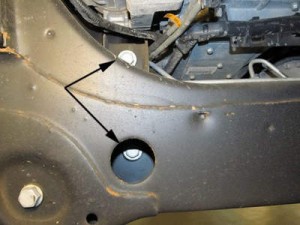
Applicable Models:
• 2007-‘13 Cadillac Escalade
• 2007-‘13 Chevrolet Avalanche, Silverado, Tahoe
• 2007-‘13 GMC Sierra, Yukon
*Hybrids excluded.
An easy way to check for a worn steering rack bushing is to slide under the front of the vehicle while it’s on the ground to get a clear view of the power steering rack. With the engine off, have another tech move the steering wheel back and forth or lightly bounce the vehicle’s front end. Watch for movement of the steering rack. If there is any perceivable movement, replace the steering rack bushing.
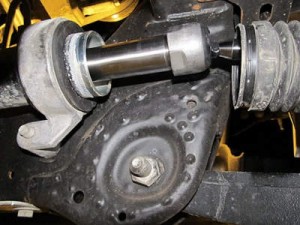
Follow this fast and easy procedure to get that worn steering rack bushing replaced:
1. Raise the vehicle.
2. Remove the oil pan skid plate, if equipped.
3. Remove the steering gear mount bolts (Fig. 1).
4. Remove the right power steering gear boot clamp completely from the boot and slide the boot out of the way (Fig. 2).
5. Slide the power steering gear mount and bushing to the right (Fig. 3).
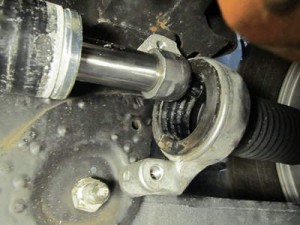
6. Remove the power steering gear bushing from the mount (Fig. 4).
7. Replace the power steering gear mount bushing.
8. Slide the mount and bushing back in place.
9. Slide the power steering gear boot back in place and install the clamps.
10. Install the steering gear mounting bolts and tighten all four bolts to 74 lb.-ft. (100 Nm).
11. Install the oil pan skid plate, if equipped.
Lower the vehicle and take it on a test drive to confirm the noise has been eliminated.
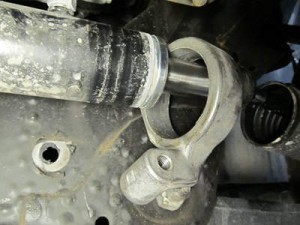
Written by the ALLDATA Community Automotive Diagnostic Team, a select group of automotive experts dedicated to helping technicians fix hard-to-repair vehicles more efficiently. © 2014 ALLDATA LLC.

